We’re excited to introduce you to the always interesting and insightful Matt Ellis. We hope you’ll enjoy our conversation with Matt below.
Matt, thanks for joining us, excited to have you contributing your stories and insights. Can you open up about a risk you’ve taken – what it was like taking that risk, why you took the risk and how it turned out?
I served in the Army and Department of Defense for over thirty years and have never seen our country more profoundly divided along ideological, cultural, and racial lines. In a country that projects progressive values and inclusion, irresponsible political rhetoric has led to the targeting of underserved and vulnerable communities. These dangerous agendas were never more apparent to me than when I witnessed the migrant caravans cross from Honduras to Guatemala, where I served as a senior security attaché. Conservative voices at the highest levels of our government demonized the migrants when they only banded together to protect themselves against the transnational criminal networks, human traffickers, and Narcos, who would exploit, rape, and kill them on a whim. These migrants were escaping extreme poverty and violence in countries buckled by decades-old proxy wars against communism and drug traffickers. This was when I decided it was time to serve differently. I wanted to use photography and writing to promote understanding, inclusion, and acceptance.
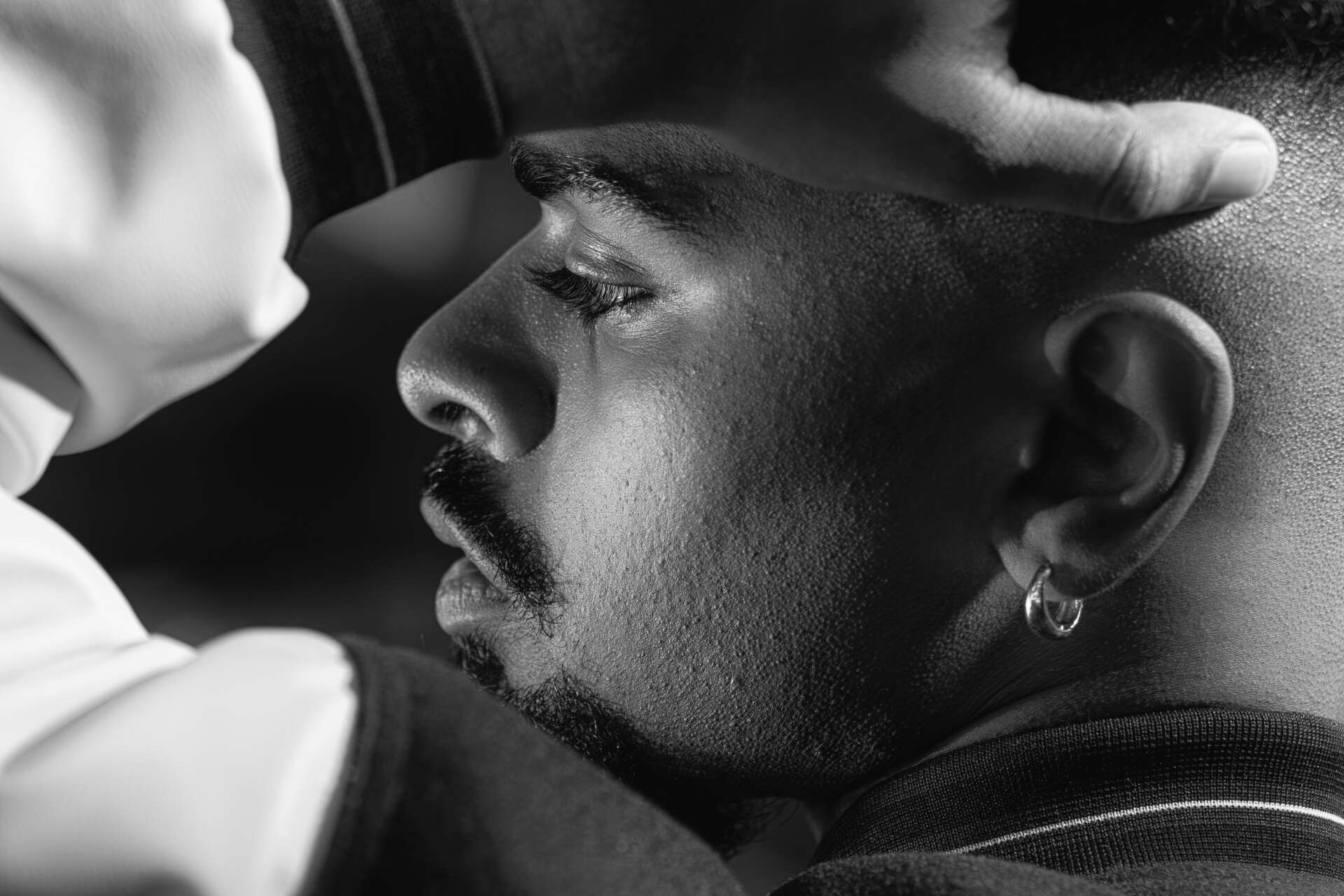
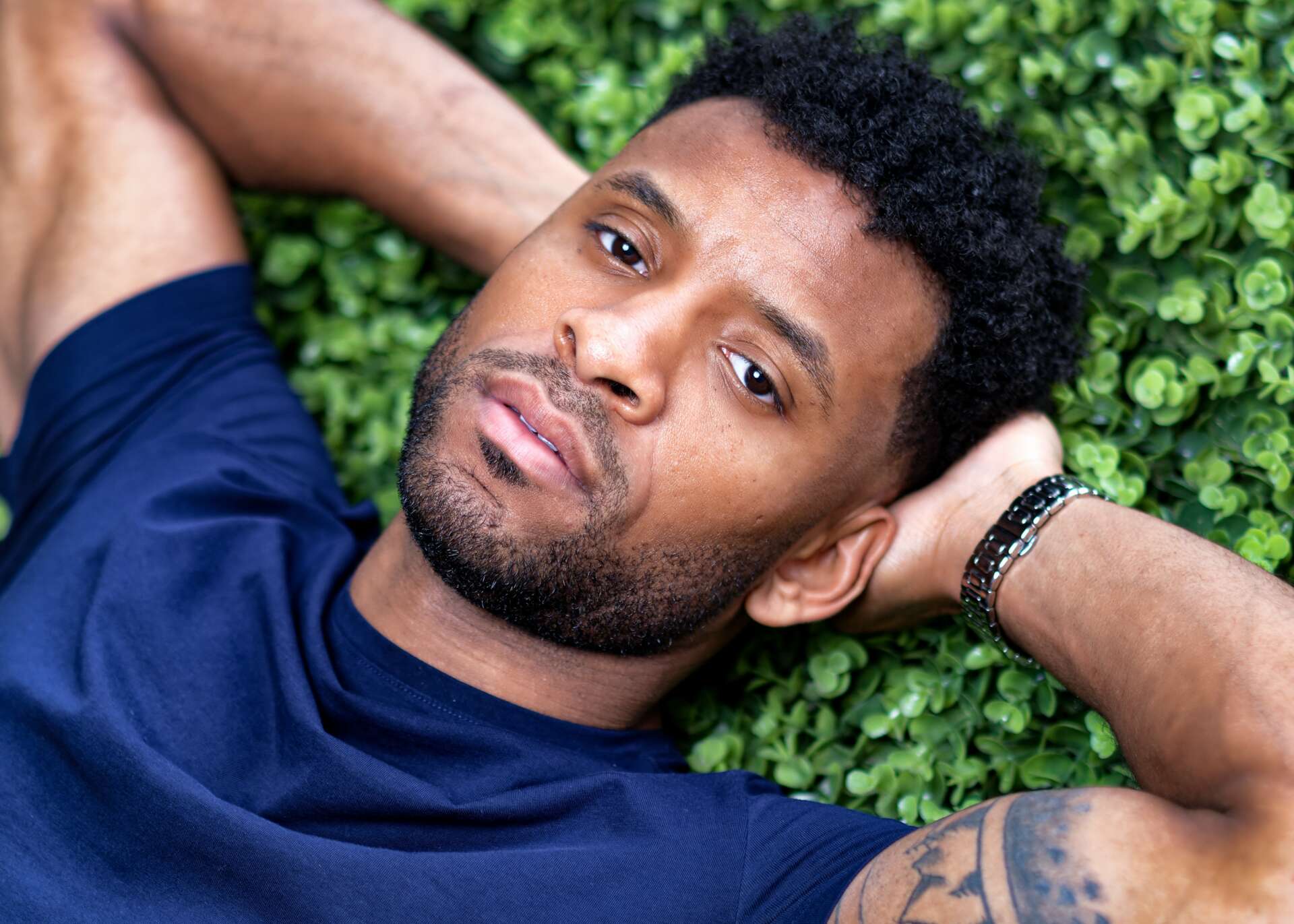
Great, appreciate you sharing that with us. Before we ask you to share more of your insights, can you take a moment to introduce yourself and how you got to where you are today to our readers.
I came to photography late in life after a career as an intelligence officer and diplomat. I’d been in the Army for ten years when terrorists flew planes into the Twin Towers. I spent the next twenty years conducting sensitive, high-risk operations around the globe, including two combat tours in Iraq. While I was proud of my service, the stress, and trauma I’d experienced took its toll on my mental health. I thought everything would be better when I stepped away to create a more peaceful life, but I fell into a deep depression, losing interest in the people and the world around me. I suffered a complete breakdown and called the Veteran’s crisis line seeking help. What happened wasn’t unique to me, and hiding away from the outside world wouldn’t fix it. I needed a new focus and purpose. I found it through photography.
My wife started her next chapter by enrolling in Portuguese classes in Lisbon, Portugal, but for the first time in my life, I had nothing to do. I bought a Fuji XT-4 and a few prime lenses. I’m prone to severe buyer’s remorse, so I slapped a map on the table and created a learning plan like it was a military operation – I’d cover a different neighborhood each day, taking 200 photos and editing at least three pics to post on Instagram to track my progress. I took workshops on candid street, abstract, and studio portrait photography. I began to appreciate the beauty around me again. I not only wanted to get to know the people in the places I visited, but I wanted to capture it all through my viewfinder.
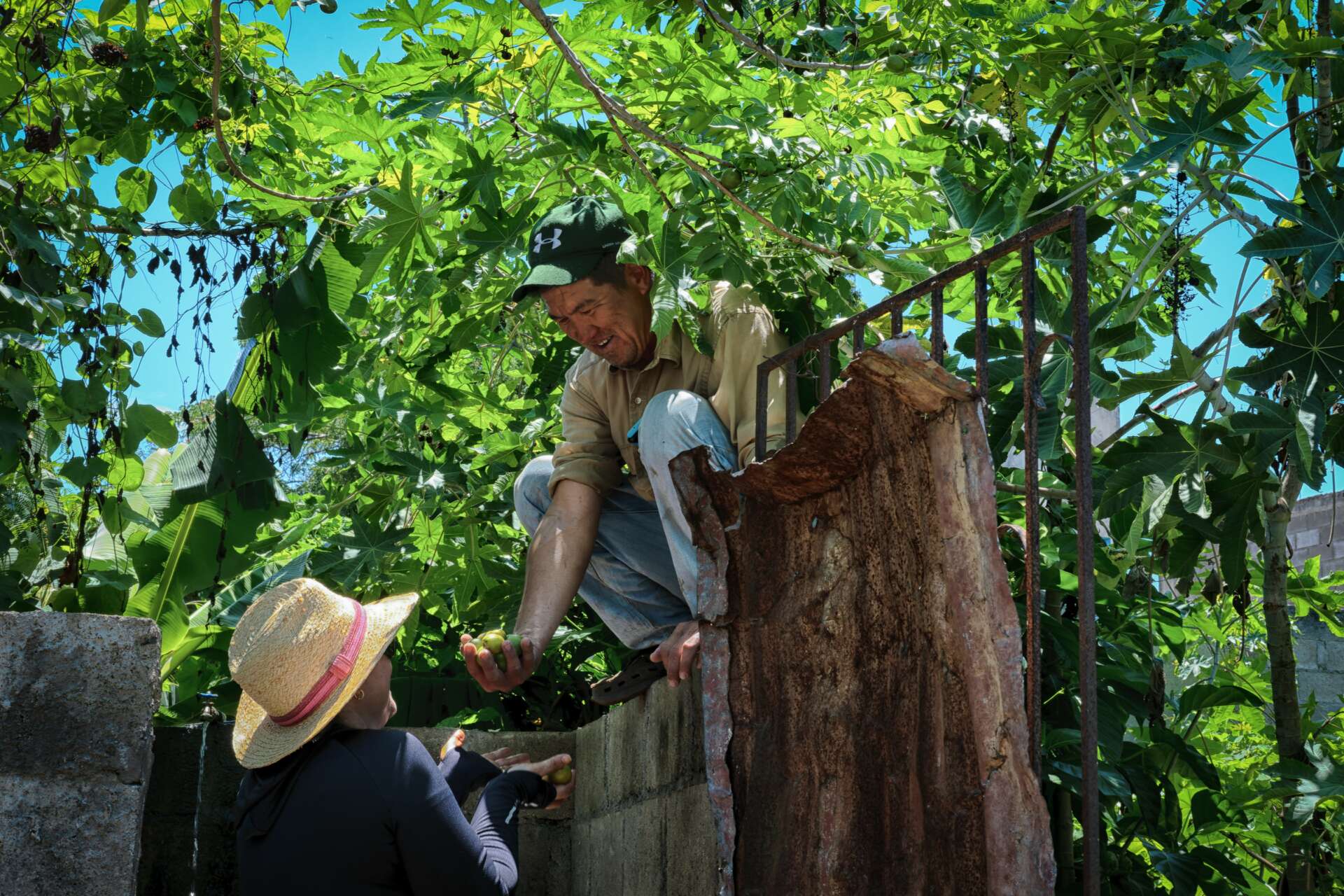
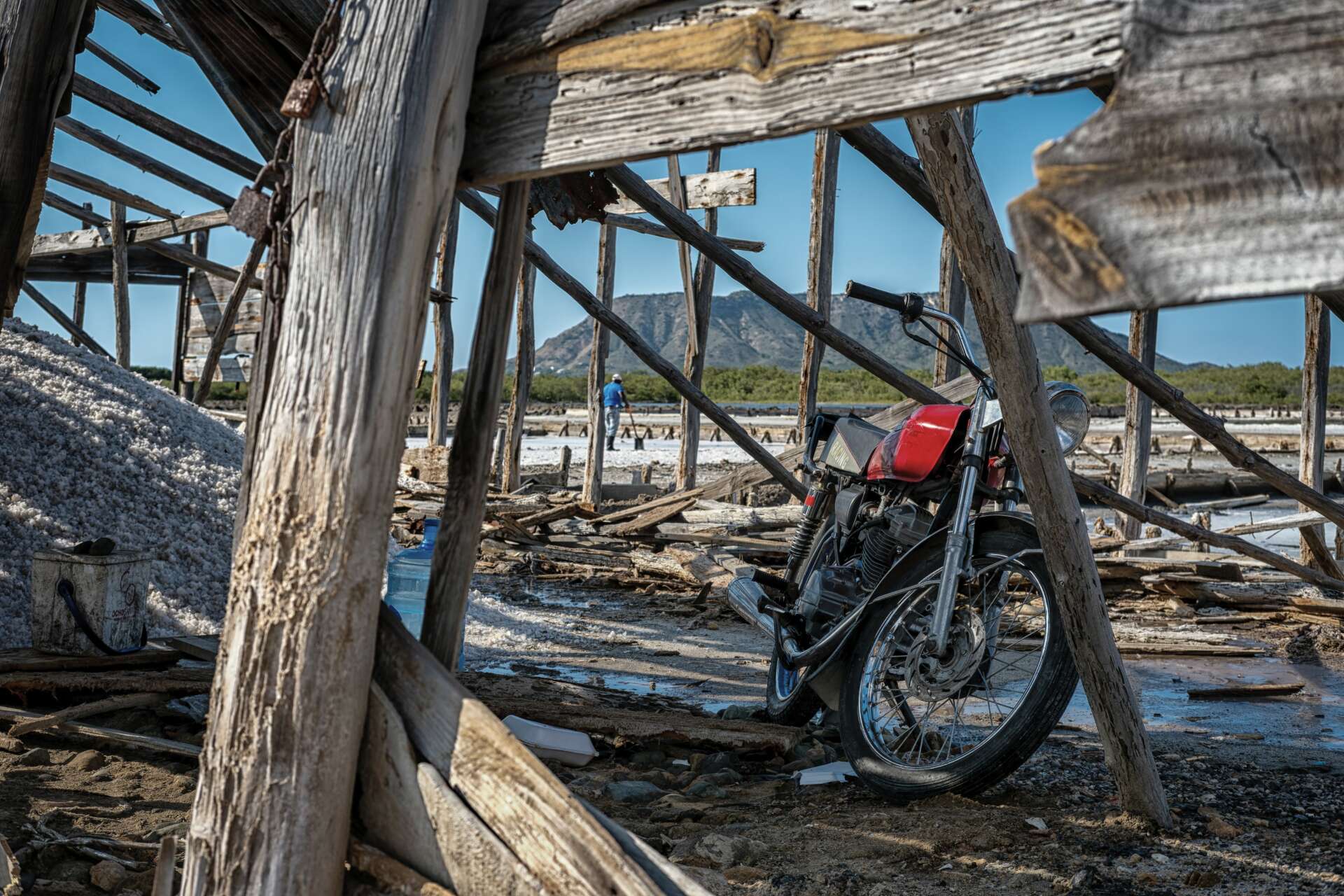
What can society do to ensure an environment that’s helpful to artists and creatives?
I think nearly all Americans would agree that the arts are essential to a healthy, vibrant society. The arts and creatives help us challenge the status quo, capture important moments in time, promote diversity, and celebrate cultural heritage. Education in the arts helps our youth develop critical thinking skills and gives them a productive outlet to process emotions and experiences. Unfortunately, the arts and diversity are usually the first casualties of economic downturns and budget cuts, creating environments where all but the most privileged struggle to make a living. This wasn’t always the case. Even during the Great Depression, Franklin Delano Roosevelt championed the Federal Art Project to create projects to employ creatives, calling the arts “fundamental to life and democracy.” This is why I’m dedicated to providing pro-bono photography to support and promote underrepresented creatives, activists, and voices who couldn’t otherwise afford the service.
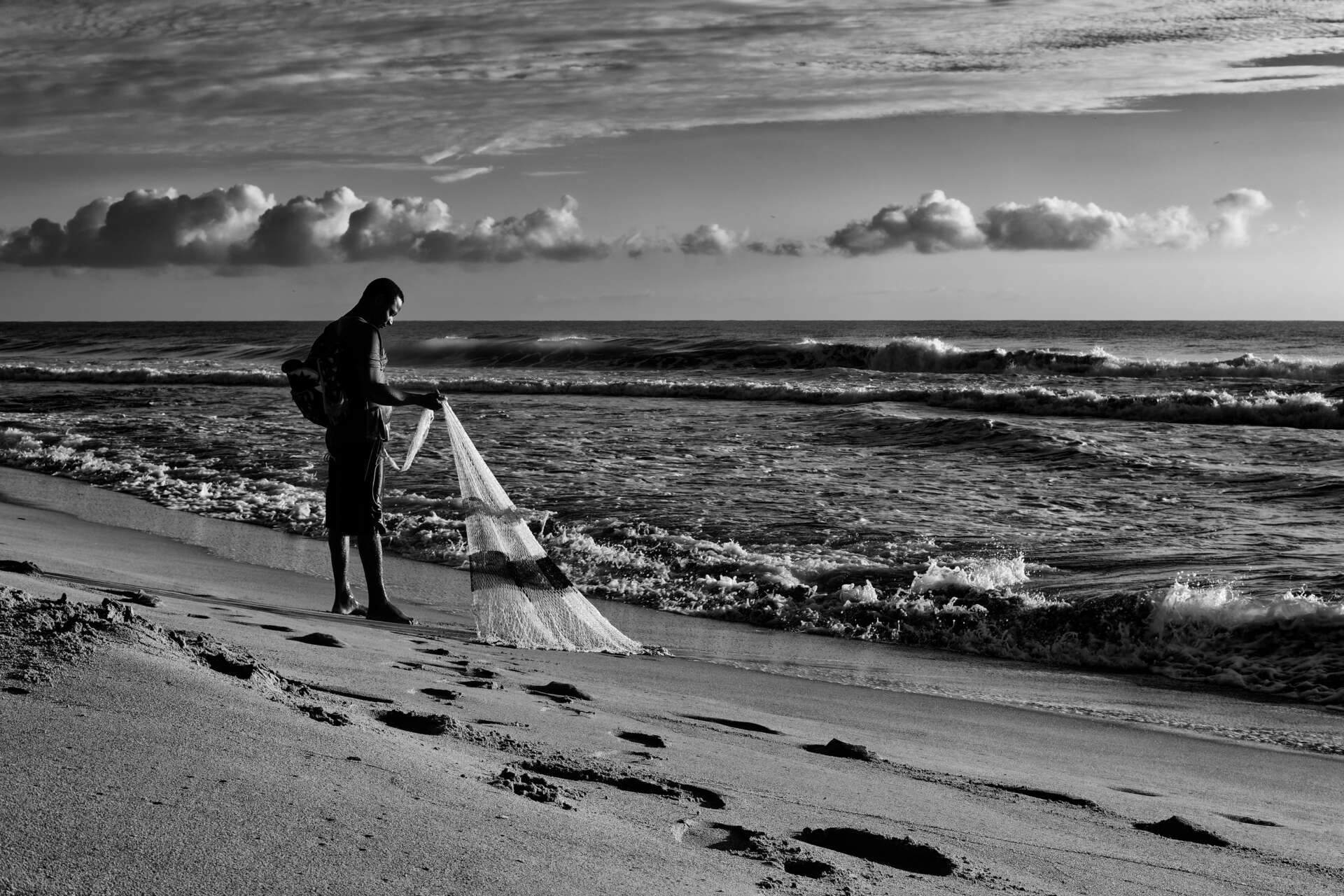
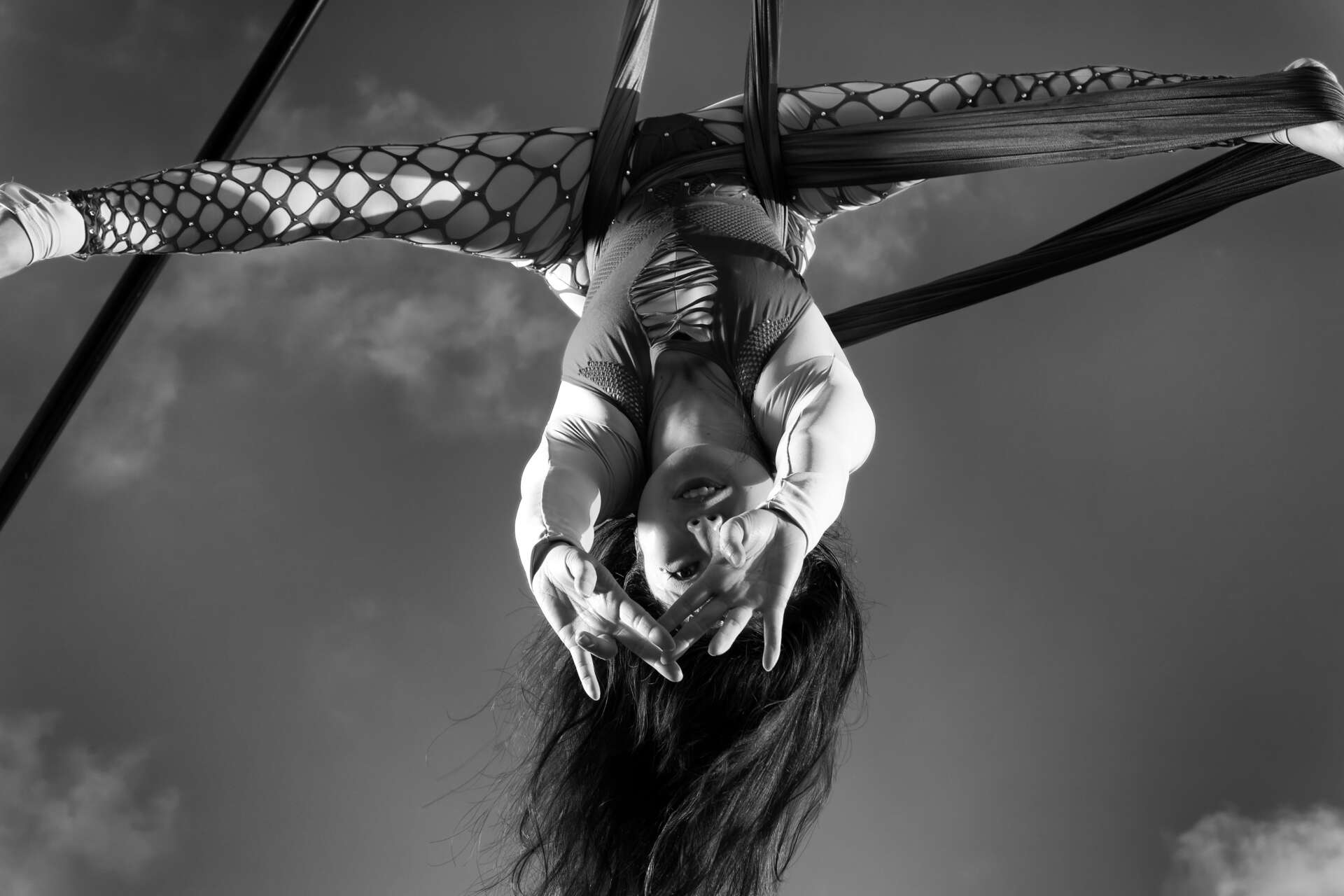
What do you think is the goal or mission that drives your creative journey?
My wife and I are nomads now, so travel photography was a natural first area of focus, but it didn’t feel authentic. As a slow traveler, spending weeks in new places, I was drawn more to the stories of locals I met along the journey than the area attractions–the kind of stories Anthony Bourdain would have featured in his show “No Reservations.” In the spirit of ‘Fake it till you make it,’ I teamed up with my wife to capture the lives of people who are often misunderstood or underrepresented: A female Colombian cyclist who challenges cultural expectations of femininity with her tall, athletic build, Black actors in Atlanta struggling to overcome their circumstances through their art, an Asian-American writer who discovered a new outlet of expression in aerial silk acrobatics, and the descendants of Post-World War II Japanese immigrants to the Dominican Republic who worked side by side with Haitians and Dominican farmers to turn rocky, arid terrain into fertile farmland.
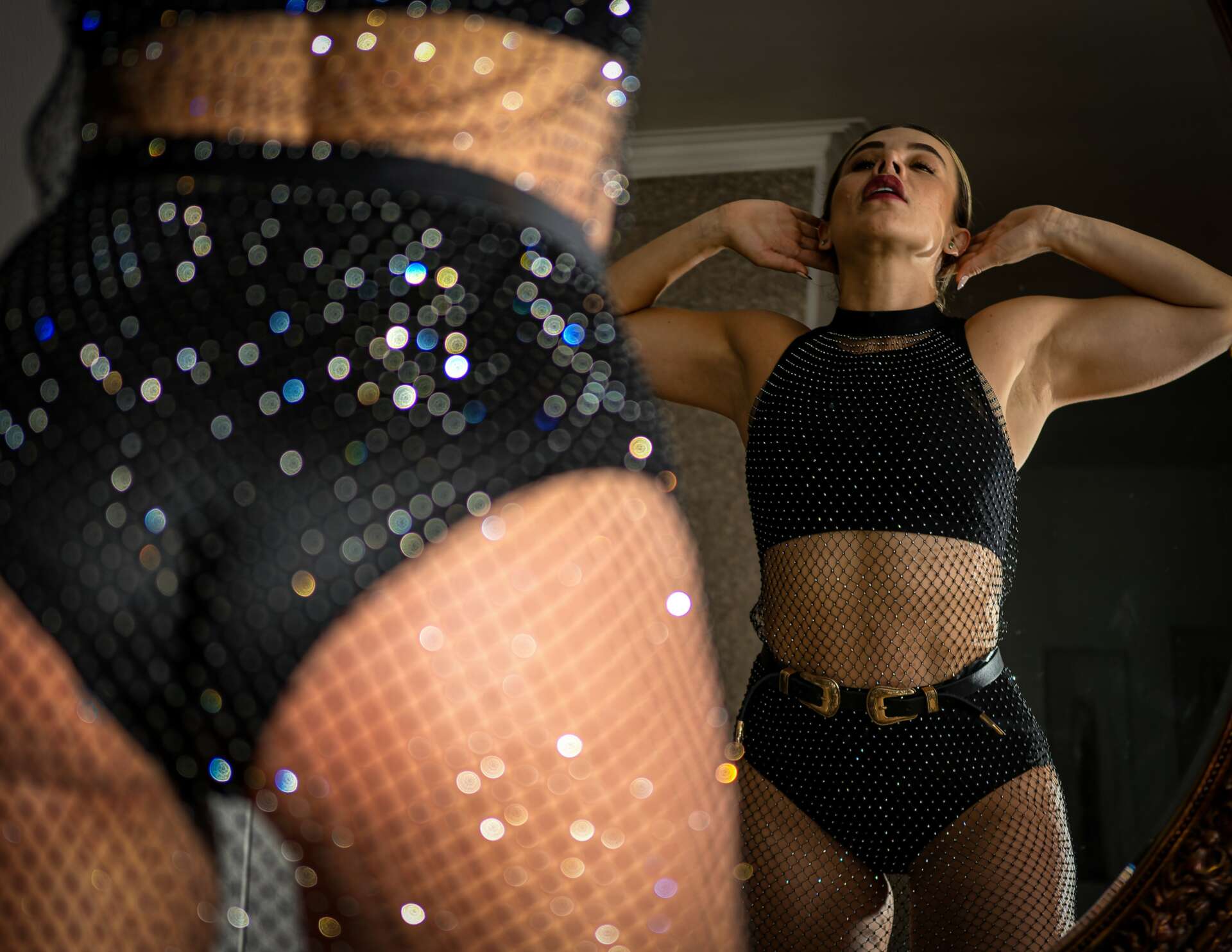
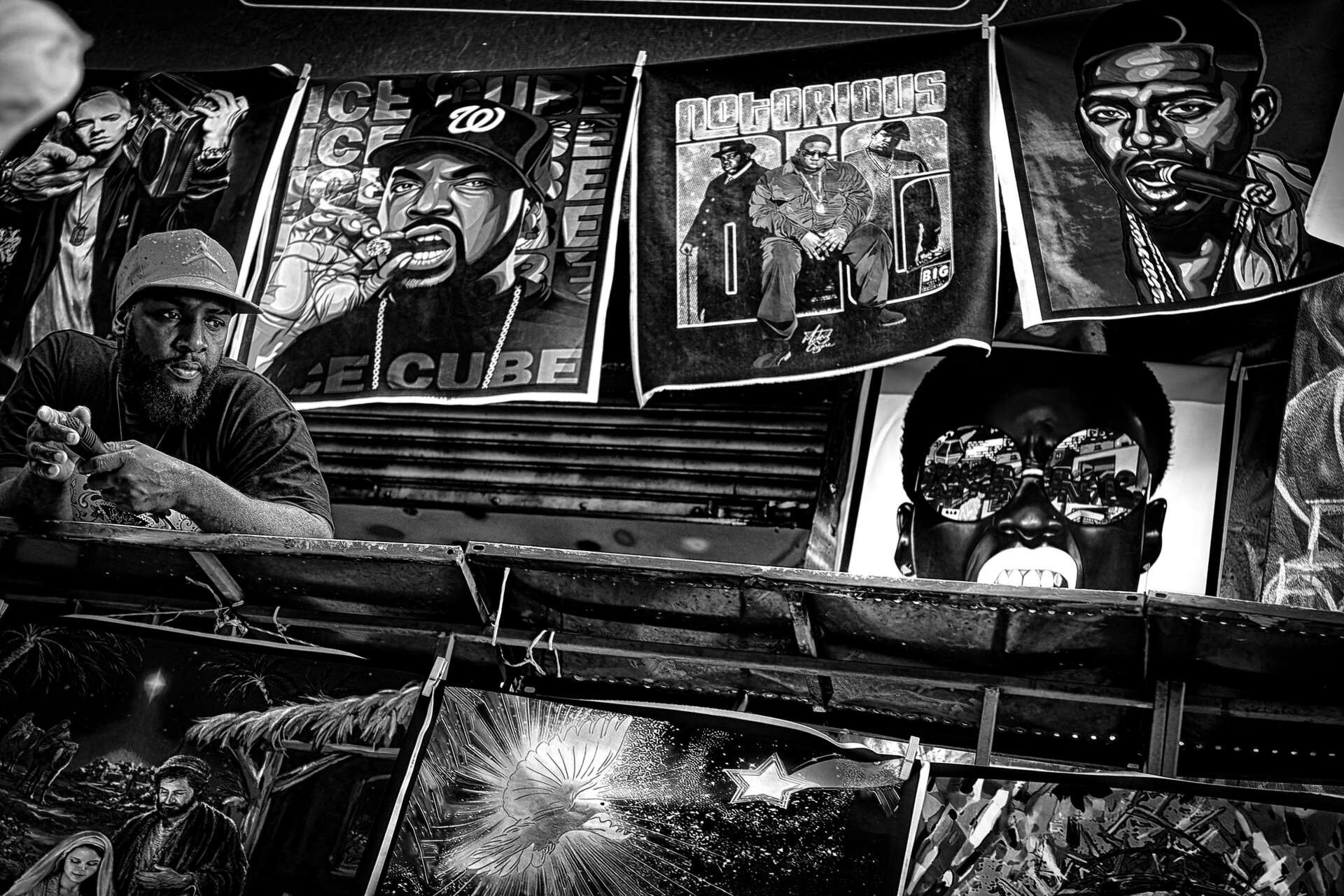
Contact Info:
- Website: ourslowtravel.com
- Instagram: https://www.instagram.com/ourslowtravel/
- Linkedin: www.linkedin.com/in/matthew-r-ellis
- Other: letswriting.com (writing portfolio)


